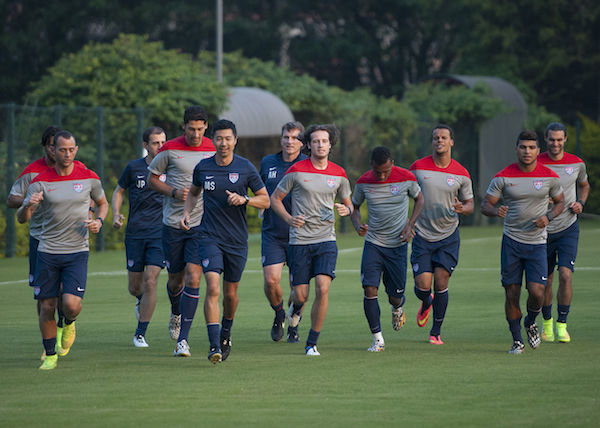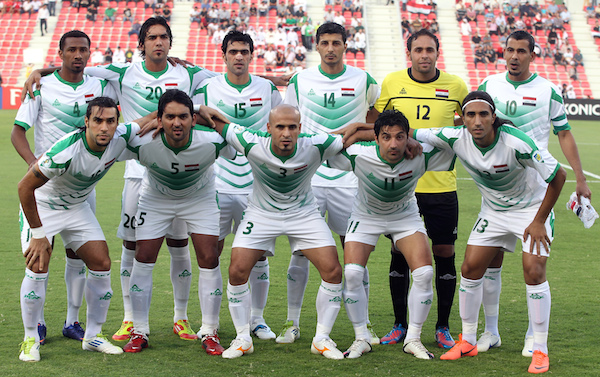Dear Sports Fan,
Apparently the two semifinal games in the women’s soccer tournament to qualify for the Olympics are tonight and they’re a big deal. It seems like they’re a bigger deal even than the finals on Sunday. Why is that? Why are the semis bigger than the finals in Olympic qualifying?
Thanks,
Joy
Dear Joy,
You’re absolutely right – the two semifinals of the CONCACAF (North and Central American plus the Caribbean,) women’s Olympic soccer qualifying tournament tonight are a very big deal. When Canada plays Costa Rica at 5:30 p.m. on NBC Sports Live Extra and when the United States plays against Trinidad and Tobago at 8:30 p.m. on NBC Sports Network, each team will be playing for a spot in the Olympics. Win and they are in, lose and they’re out. This is because the CONCACAF region gets its top two teams into the Olympics.
Not every region gets the same number of teams into the Olympics, nor do they all use the same mechanism for choosing teams. For example, Europe, which gets three teams in, uses results from the most recent World Cup to determine which teams get in. Germany, which placed fourth, and France, which made it to the quarterfinals, automatically get in. (England, which came in third, cannot play in the Olympics because the Olympics recognize Great Britain as a competing entity, not the component nations, like FIFA does. Competing as a unified team would, apparently, risk FIFA revoking England, Scotland, Wales, and Northern Ireland’s right to compete separately, so they regrettably don’t compete. It’s a mess.) There were four other European teams that made the Group Stage of the World Cup, so those four play a tournament to see who qualifies for the Olympics.
With the stakes as high as they can get in the semifinal games, it’s worth wondering what is going to happen. The game between the United States and Trinidad and Tobago is unlikely to be close. Trinidad and Tobago is a tough team with speed but they’re unlikely to pose a problem for the world champions. The United States is at least as fast and physical as Trinidad and Tobago and many times more well-organized on the field. The bottom line for the U.S. when it plays most teams in the world, and certainly almost every Caribbean nation, is that they have an incredible resource advantage. The American team is able to train together for large parts of the year in very good (although not good enough and not equal to the men’s team) circumstances. They also all play competitive professional soccer in the NWSL. None of these things are true for the women of Trinidad and Tobago and it will show on the field. The second semifinal, between Canada and Costa Rica, should be more interesting. It’s the one I’m most excited to see. Costa Rica, led by coach Amelia Valverde, are the Central American or Caribbean team closest to erasing the resource gap that the U.S. and Canada have had over them for decades. Costa Rica fell to the United States 5-0 in their first match of the tournament but then took out their frustration on Puerto Rico, 9-0, and outplayed Mexico in a 2-1 game to qualify for the semifinals. Canada is still probably the better team, but anything can happen, and if it does, it will signal a massive shift in the soccer landscape.
Why the CONCACAF qualifying tournament has a final game is a mystery to me. As far as I can tell, it is completely meaningless. The two teams that win the semifinal games will have qualified for the Olympics and there’s nothing else at stake in this tournament. If, as is expected, the game matches the United States and Canada, it will at least probably be a good game. The U.S. and Canada have been rivals for so long that even their friendly matches are often contentious and competitive.
Enjoy the games,
Ezra Fischer






